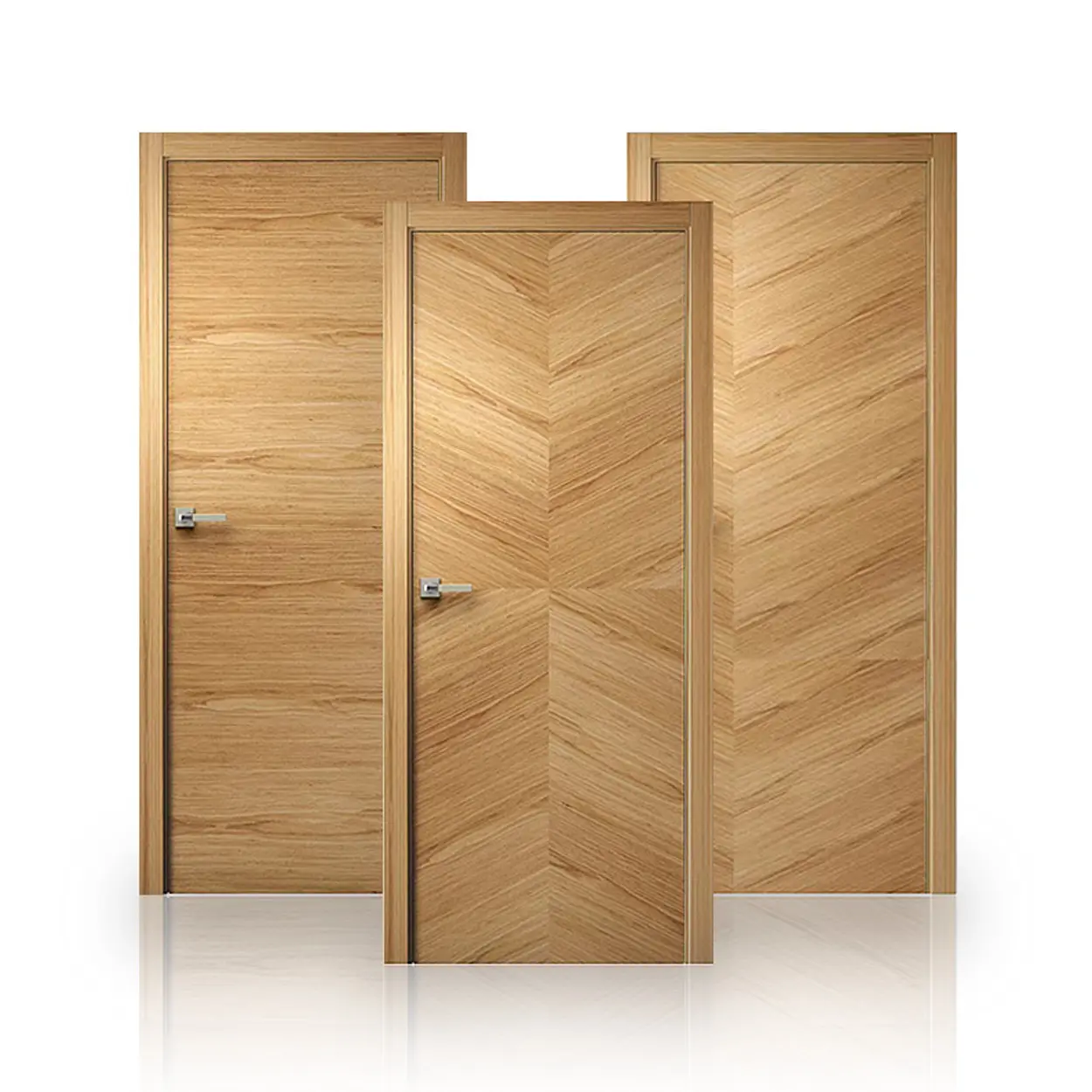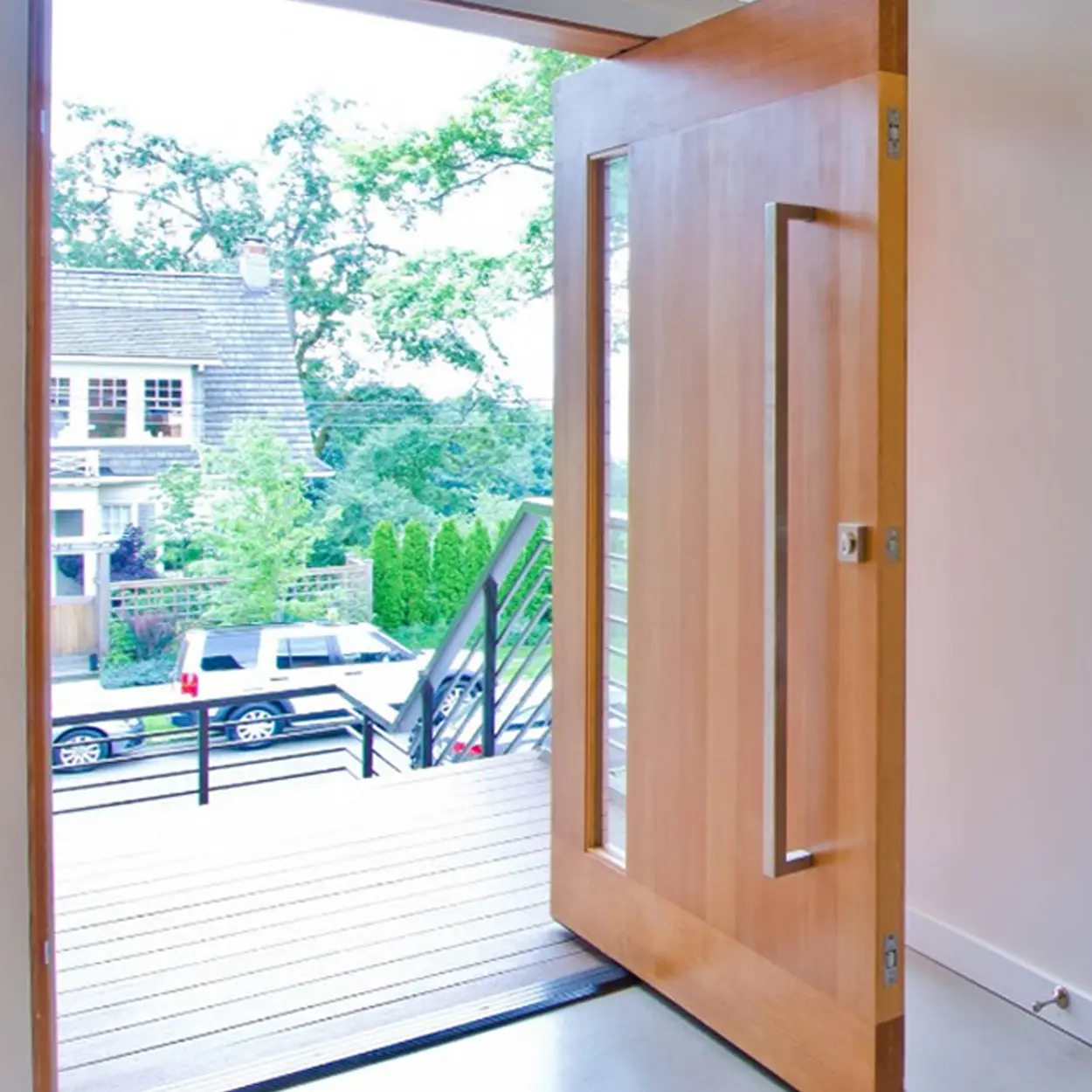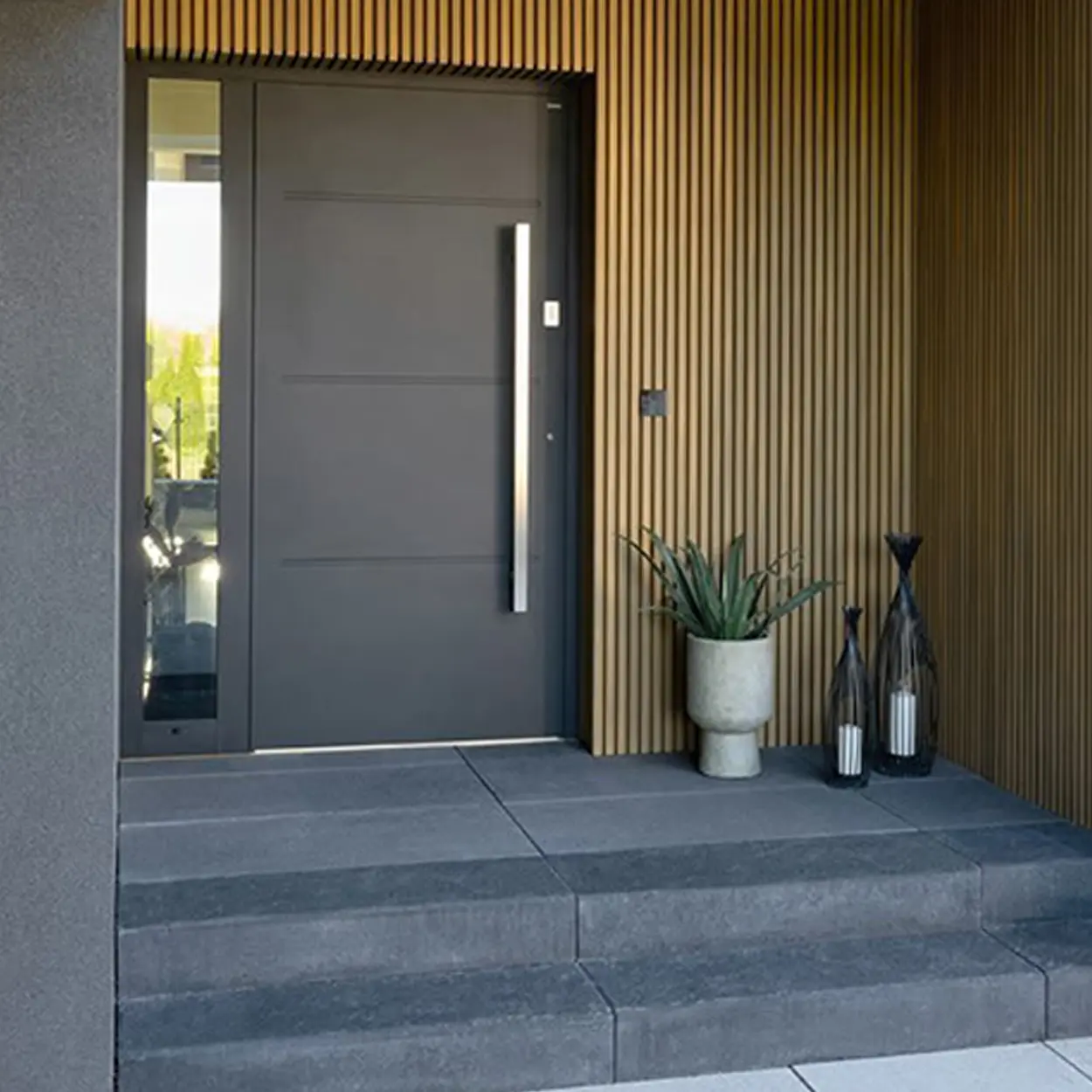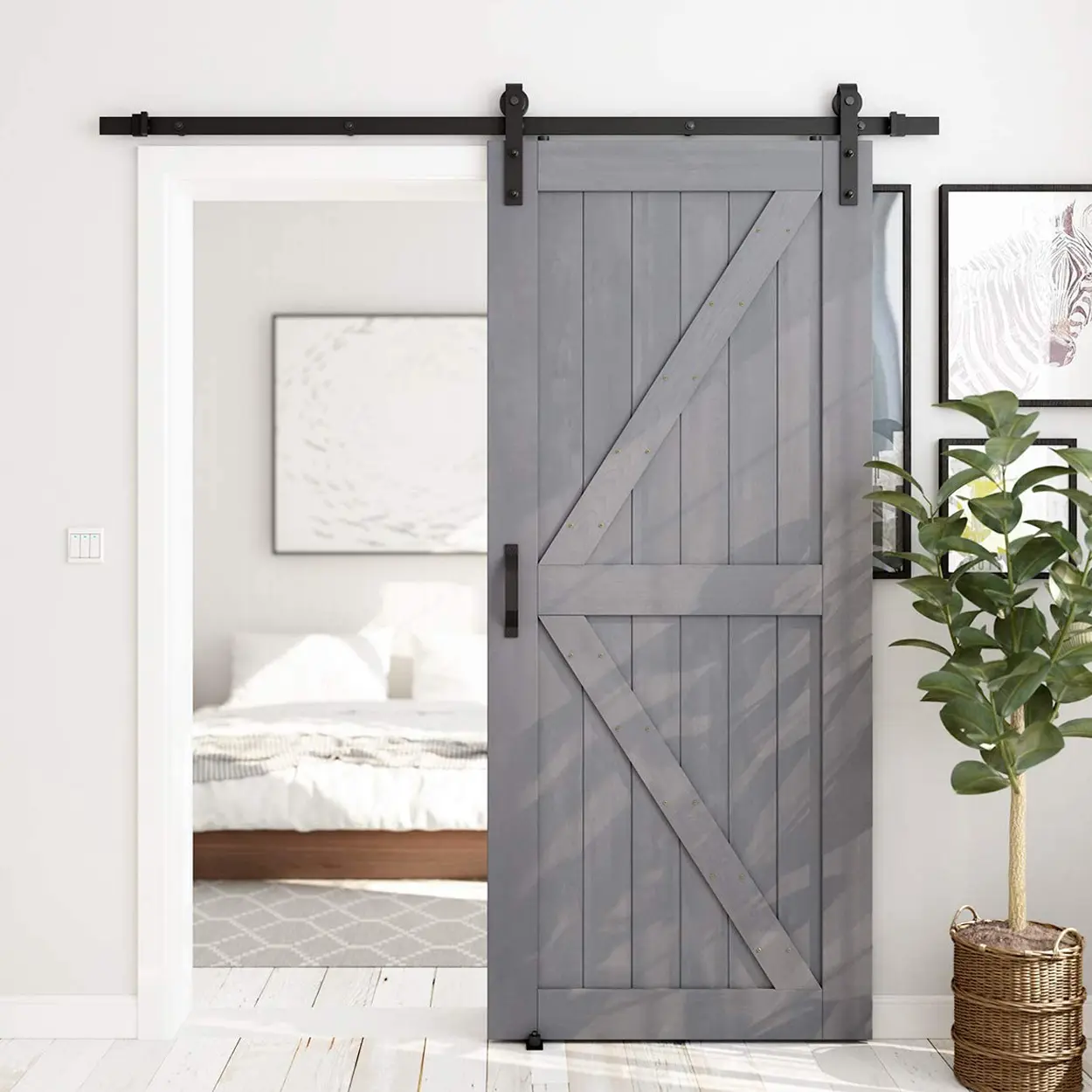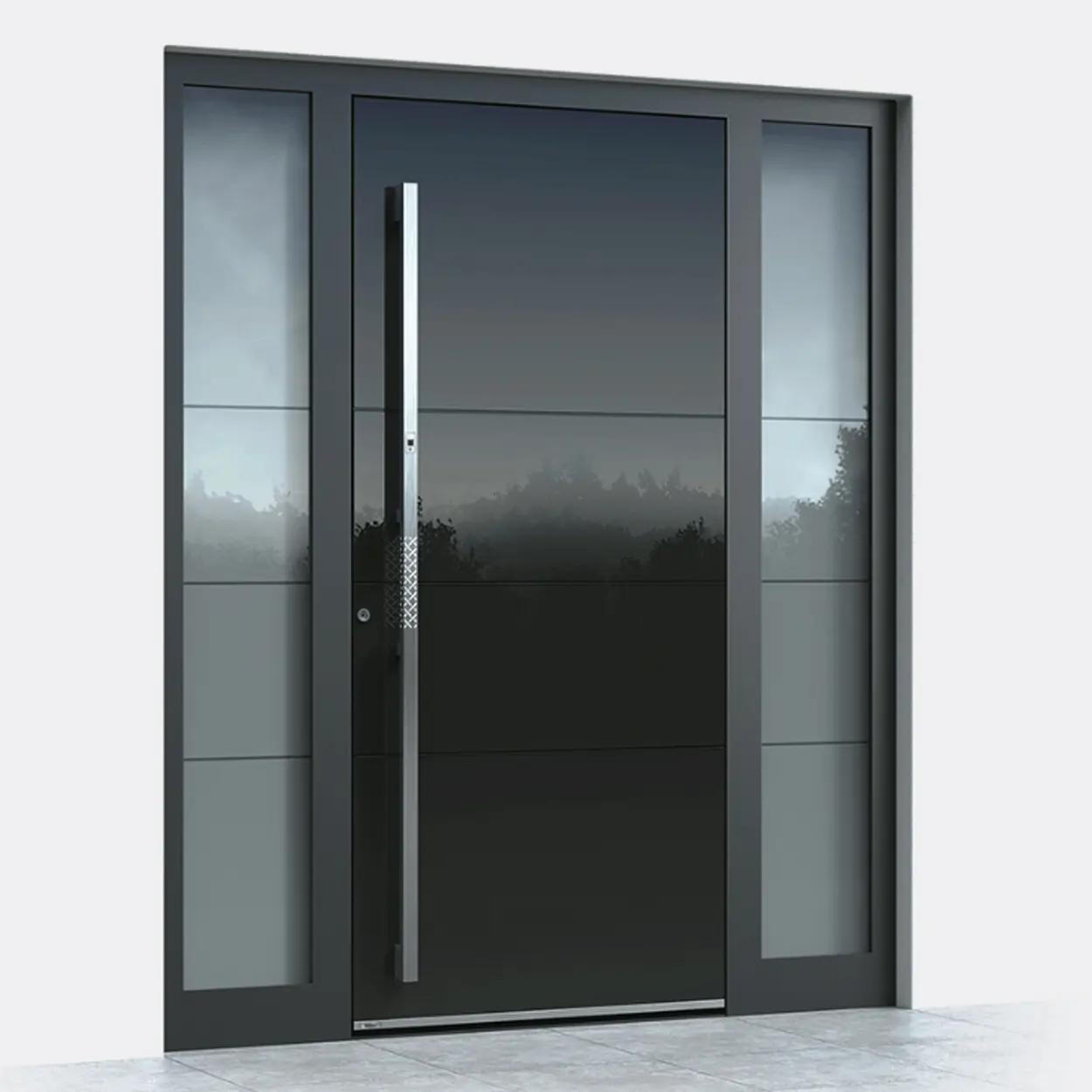
Pivot Sliding Door
Pivot Sliding Doors: The Ultimate Solution for Modern Spaces
Summary
Pivot sliding doors are revolutionizing the way we design and interact with spaces. Combining the sleek functionality of a sliding door with the sophisticated pivoting mechanism, these doors offer unique benefits that appeal to both residential and commercial needs. This article will explore everything you need to know about pivot sliding doors—from their mechanics and benefits to installation, maintenance, and future trends.
What is a Pivot Sliding Door?
What Makes Pivot Sliding Doors Different?
Pivot sliding doors are unique in that they combine the benefits of both pivot and sliding doors. Unlike traditional sliding doors that move along a fixed track, pivot sliding doors operate by rotating around a central axis while simultaneously sliding. This dual functionality allows for a greater range of motion and flexibility, making them ideal for spaces where traditional doors might not be as effective.
Key Components of a Pivot Sliding Door
A typical pivot sliding door consists of several key components. The most crucial element is the pivot system, which allows the door to rotate around a central point. This system is often paired with a sliding track mechanism that guides the door’s motion. The door’s frame and hardware, including hinges, handles, and locks, are also vital for smooth operation. Understanding these components helps ensure the door functions properly and is long-lasting.
How Do Pivot Sliding Doors Work?
The Pivoting Mechanism Explained
The pivoting mechanism is the core feature of a pivot sliding door. At the center of the door, a pivot point allows the door to rotate around a fixed axis. This mechanism enables the door to swing open or closed while also sliding along a track. This dual motion minimizes the space required for opening the door, making it perfect for tight areas where traditional swing doors would be cumbersome.
The Sliding Track System
In addition to the pivot point, a sliding track system ensures the door moves smoothly along its path. The track is often installed along the ceiling or the floor, guiding the door as it slides. These tracks need to be installed correctly to ensure the door operates without friction or jerks. The track system is usually combined with a roller or trolley mechanism, which helps distribute the weight of the door and allows for effortless movement.
What Are the Benefits of Pivot Sliding Doors?
Space-Saving Features
One of the primary reasons people choose pivot sliding doors is their space-saving benefits. Because they do not require the same amount of clearance as traditional swing doors, they can be used in compact areas where space is at a premium. For example, pivot sliding doors are a great solution for narrow hallways, small apartments, or areas with limited clearance. Additionally, they provide a larger opening compared to conventional doors, improving the flow between rooms or outdoor spaces.
Aesthetic Appeal and Design Flexibility
Pivot sliding doors are known for their sleek and modern appearance. Their clean lines and minimalist design make them an excellent choice for contemporary homes and businesses. The ability to customize the door’s materials (such as wood, glass, or metal) and finishes allows homeowners and designers to create a door that perfectly matches the overall style of the space. Whether you’re going for a traditional or modern look, a pivot sliding door can seamlessly blend into any environment.
How Easy Is It to Operate Pivot Sliding Doors?
Effortless Operation for All Ages and Abilities
One of the standout features of pivot sliding doors is their ease of operation. Unlike traditional doors, which can be heavy or difficult to open, pivot sliding doors are designed to move smoothly with minimal effort. The rolling mechanism ensures that the door slides effortlessly along the track, while the pivoting function allows it to open with just a gentle push. This makes it a perfect choice for people with mobility issues, children, or elderly individuals who may find it challenging to open heavy doors.
The Role of Quality Hardware
The quality of the hardware plays a significant role in how easily a pivot sliding door operates. High-quality rollers, tracks, and pivots ensure smooth and quiet operation. When selecting a pivot sliding door, it’s important to choose hardware that is built to last and is designed for ease of use. Poor-quality hardware can result in noisy, sticky, or uneven operation, which can quickly lead to frustration.
Types of Pivot Sliding Doors
Single-Panel Pivot Sliding Doors
Single-panel pivot sliding doors are ideal for smaller spaces or areas where a wide opening is not required. These doors are typically used in bathrooms, small rooms, or closets. Their compact design and functionality make them a versatile option for residential use. Despite their smaller size, single-panel doors can still offer the same space-saving and aesthetic benefits as larger multi-panel doors.
Multi-Panel Pivot Sliding Doors
Multi-panel pivot sliding doors are ideal for larger openings, such as connecting living areas to patios or creating open spaces in commercial properties. These doors can be composed of two or more panels, which slide and pivot simultaneously. The additional panels increase the door’s width, allowing for a larger opening and better flow between spaces. Multi-panel doors are often used in areas where you want to create a seamless transition between indoor and outdoor spaces.
Applications of Pivot Sliding Doors
Residential Applications
Pivot sliding doors are perfect for a wide range of residential applications. In homes, they can be used for everything from connecting living rooms to balconies, to providing an elegant entrance into a master bedroom. Their space-saving features make them particularly useful in smaller homes or apartments, where space optimization is crucial. Additionally, these doors add an element of luxury and sophistication to any room.
Commercial and Industrial Use
Pivot sliding doors are also commonly used in commercial and industrial settings. In offices, they help divide large spaces without compromising accessibility or aesthetics. In retail environments, they can be used for entrances or display areas, adding to the store’s modern appeal while providing easy access for customers. The robust construction of pivot sliding doors also makes them a great choice for industrial environments like warehouses or factories, where durability and functionality are paramount.
How to Install a Pivot Sliding Door
Pre-Installation Checklist
Before installing a pivot sliding door, you must ensure that you have the right tools and materials. These include a measuring tape, level, screws, brackets, and the door hardware. Additionally, it’s important to measure the doorway correctly to ensure the door fits perfectly. Make sure the floor and ceiling are level, as this will affect the door’s operation.
Basic Step-by-Step Guide
Installing a pivot sliding door involves several steps: first, install the pivot hardware at the center of the door frame. Then, attach the sliding track to the ceiling or floor. Next, hang the door on the track and ensure it’s aligned correctly. Finally, test the door’s movement and make any necessary adjustments to ensure smooth operation. While it’s possible to install the door yourself, hiring a professional ensures a more precise and hassle-free installation.
Maintenance Tips for Pivot Sliding Doors
How to Keep Your Door Clean and Functional
Regular cleaning is essential to maintain the appearance and functionality of a pivot sliding door. Use a mild soap solution to clean the door’s surface, and wipe down the track and pivot points to remove dust and debris. Avoid harsh cleaning products that could damage the finish or hardware.
Lubrication and Minor Repairs
Lubricating the track and pivoting mechanism ensures the door operates smoothly. Use a silicone-based lubricant to reduce friction and prevent wear and tear. Additionally, check the door periodically for any signs of damage or wear, such as loose hardware or damaged panels, and make necessary repairs.
How to Choose the Right Pivot Sliding Door
Key Considerations for Choosing the Best Door
When selecting a pivot sliding door, consider factors such as space size, the door’s intended use, and your budget. Determine whether you need a single-panel or multi-panel door, and decide on materials that match your home’s or office’s aesthetic.
Evaluating Quality and Durability
Quality is critical for ensuring the longevity of your pivot sliding door. Look for doors made from durable materials like high-quality wood, metal, or tempered glass. Check the hardware and ensure it comes from reputable brands, as these will impact the door’s functionality and lifespan.
The Future of Pivot Sliding Doors
Technological Innovations in Door Systems
As smart home technology continues to advance, we can expect pivot sliding doors to incorporate features such as automatic sensors, remote control operation, and even integration with home automation systems. These innovations will provide even greater convenience and efficiency for users.
Evolving Design Trends
The design of pivot sliding doors is continually evolving, with trends moving toward greater customization. Expect to see more options for colors, finishes, and materials, as well as doors that can seamlessly blend into the architecture of both modern and traditional homes.
Frequently Asked Question
Following are some frequently asked questions about pivot sliding door.
Learn how pivot sliding doors save space, enhance aesthetics, and provide easy operation for both residential and commercial use.
Discover the unique mechanism of pivot and slide doors, offering more flexibility and smoother operation than conventional sliding doors.
Explore various customizable options for pivot sliding doors, including wood, glass, and metal finishes to match your home or office decor.
Find out how to install pivot sliding doors with a step-by-step guide, or choose professional installation for a seamless setup.
Get a price comparison for single-panel, multi-panel, and custom pivot sliding doors, and learn what factors affect the cost.
Learn the best maintenance tips for keeping your pivot sliding door in top condition, including cleaning, lubrication, and hardware inspection.
You May Also Like These Doors
Looking for more doors? Browse these related doors that are a perfect match for your needs. Each one is carefully selected to ensure top-quality and great value.

